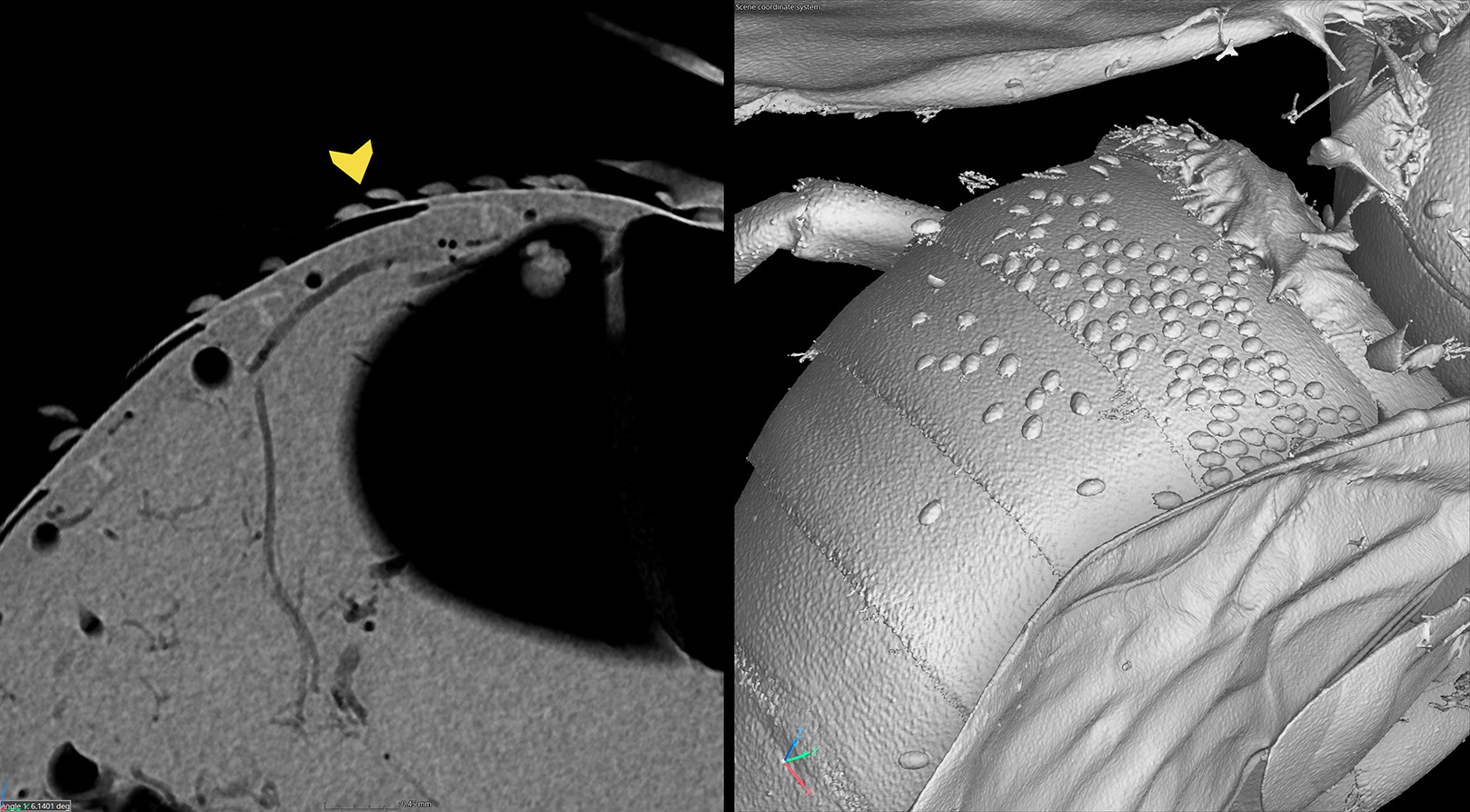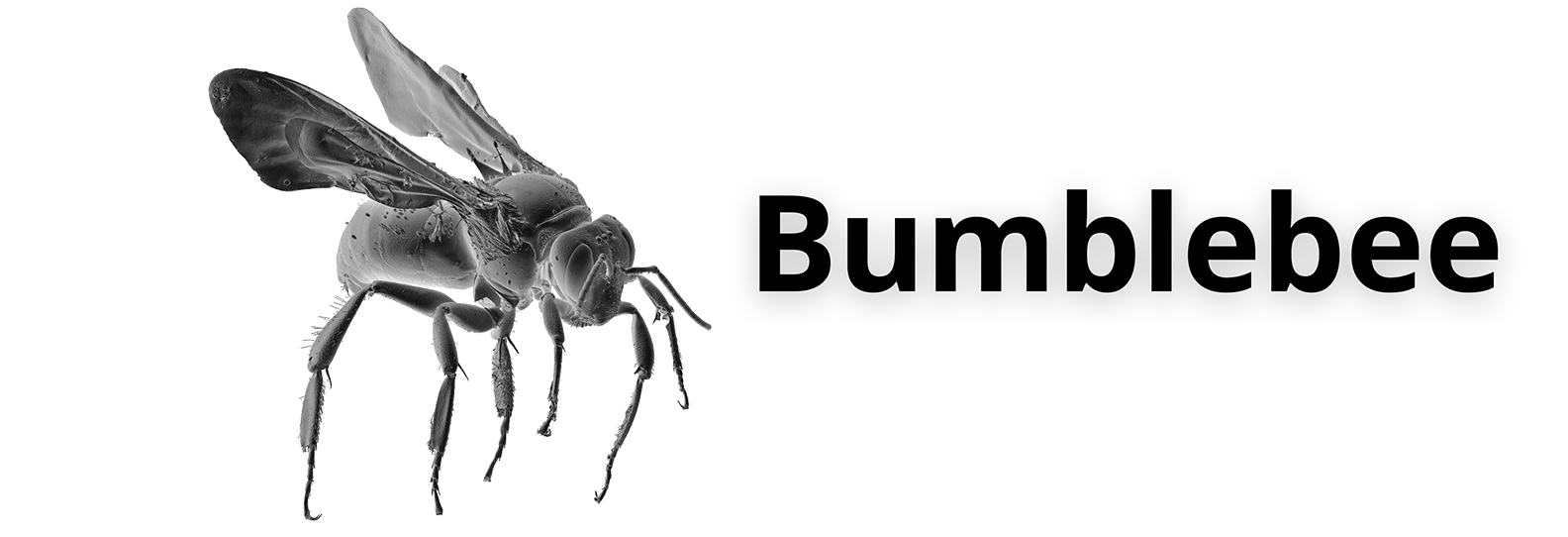
Bees are best known for their sting, and it’s no ordinary pointy needle. A bee’s stinger is made of two tiny blades that move back and forth like miniature saws, helping it dig deeper. Along those blades are microscopic hooks that latch on and keep the stinger in place. So when a bee stings, it’s using a super-sharp, hook-tipped tool designed to grab and hold as it delivers its punch.

Bumblebees don’t have lungs, but you’d never guess it by looking inside them! Their huge, branching tracheal system looks a lot like tiny lungs because it does the same basic job: it moves tons of oxygen to power a supercharged body. Instead of breathing through a mouth or nose, bumblebees pull in air through spiracles (little holes on their sides), which leads into a complex network of air tubes that weave through their whole body, even into their wings and legs!
And get this: when a bumblebee is in flight, its body moves as much air as a hummingbird, despite being an insect! That’s because flapping those wings at over 200 beats per second takes serious fuel, and oxygen is the key. Their big, ballooning air sacs and flexible tubes squeeze and expand as they fly, keeping that oxygen moving fast just like bellows feeding a fire. It’s like having a set of inflatable lungs in every part of their body, all working together to keep them buzzing.
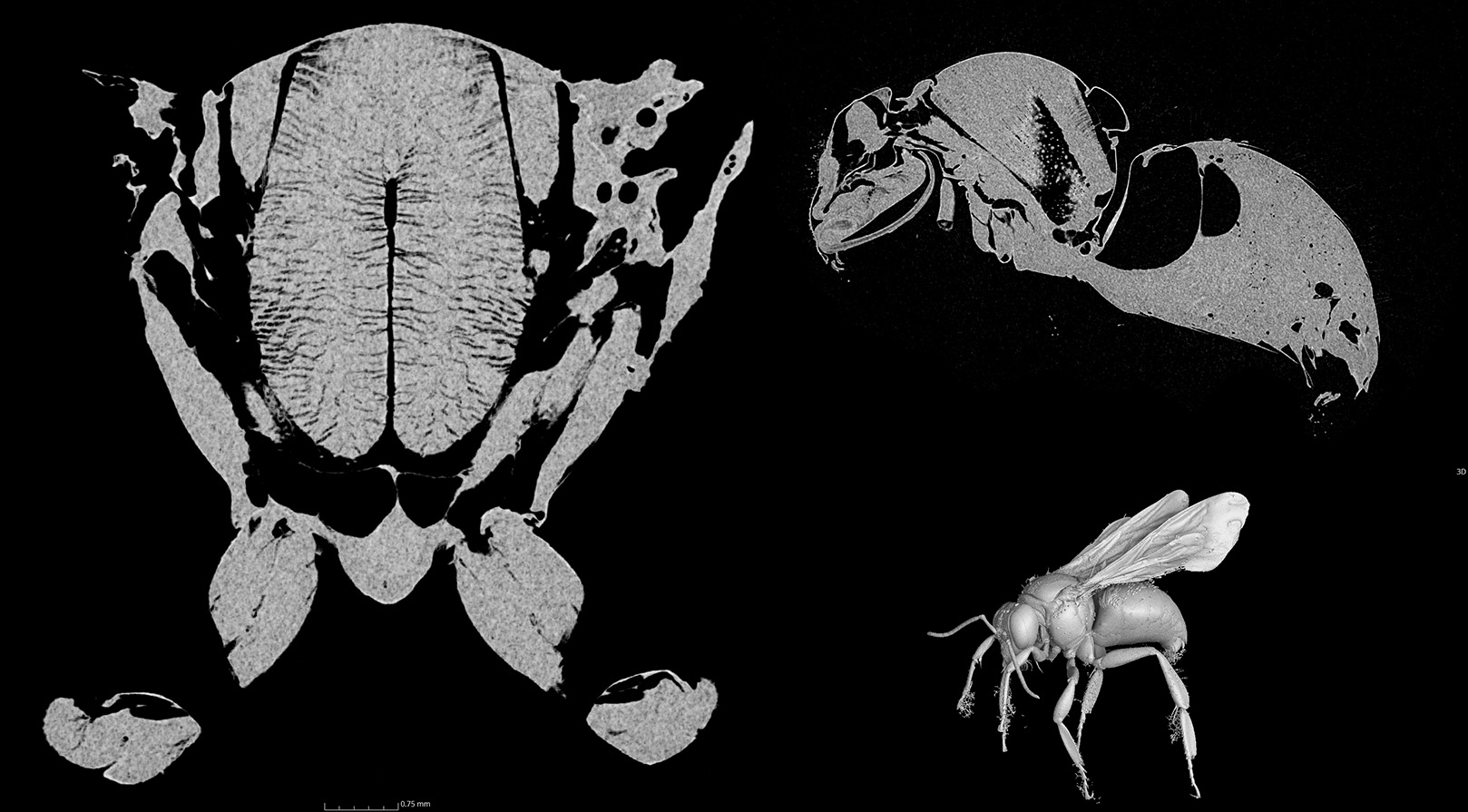
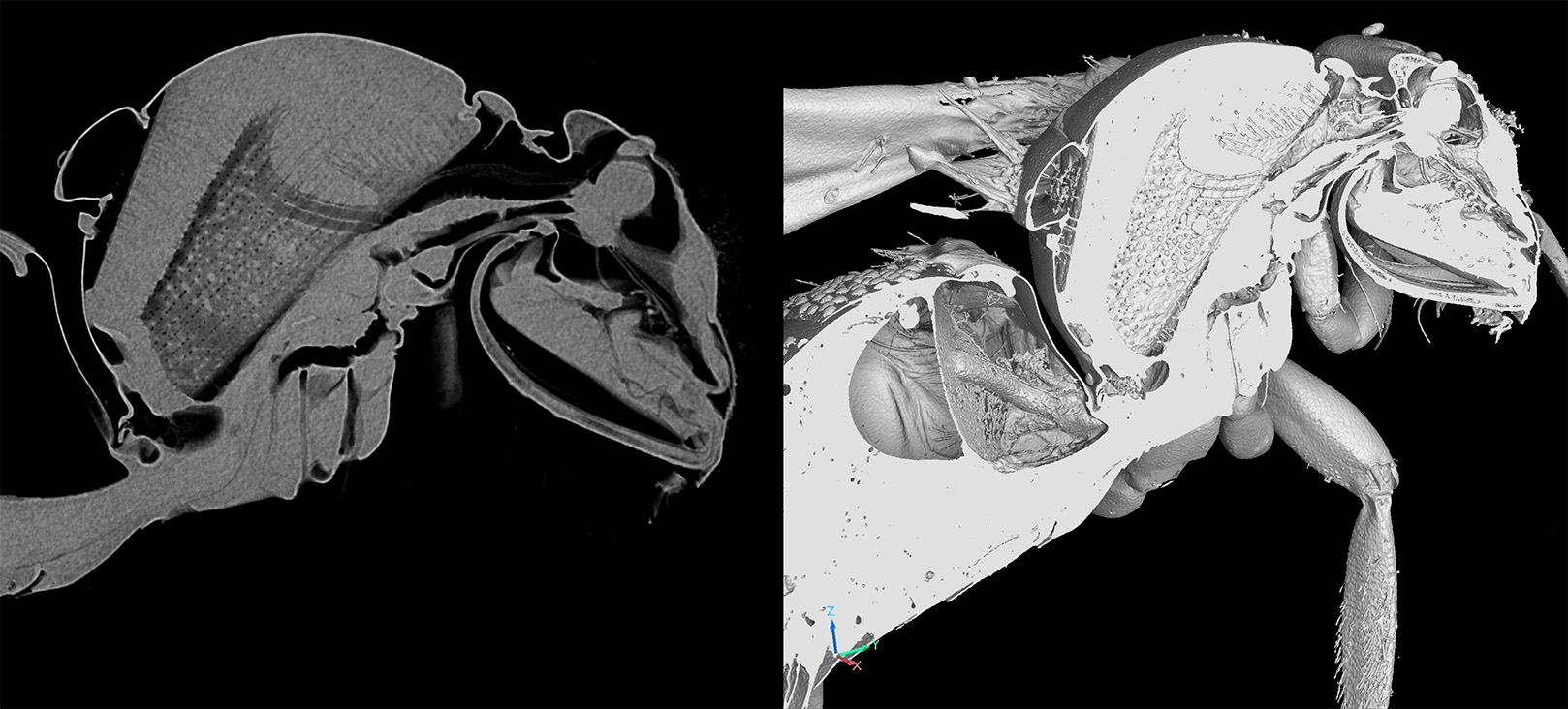
Bumblebees have tongues that are kind of like tiny, special straws with grooves on the sides. These grooves help them slurp up flower juice (nectar) really well! Imagine if your straw had tiny little bumps that helped the juice climb up inside instead of dripping down. That’s what those ridges do for the bee’s tongue. They help the bee grab every drop of sweet nectar so it can bring lots of yummy food back to the hive. It’s like having a built-in super straw made just for bee snacks!
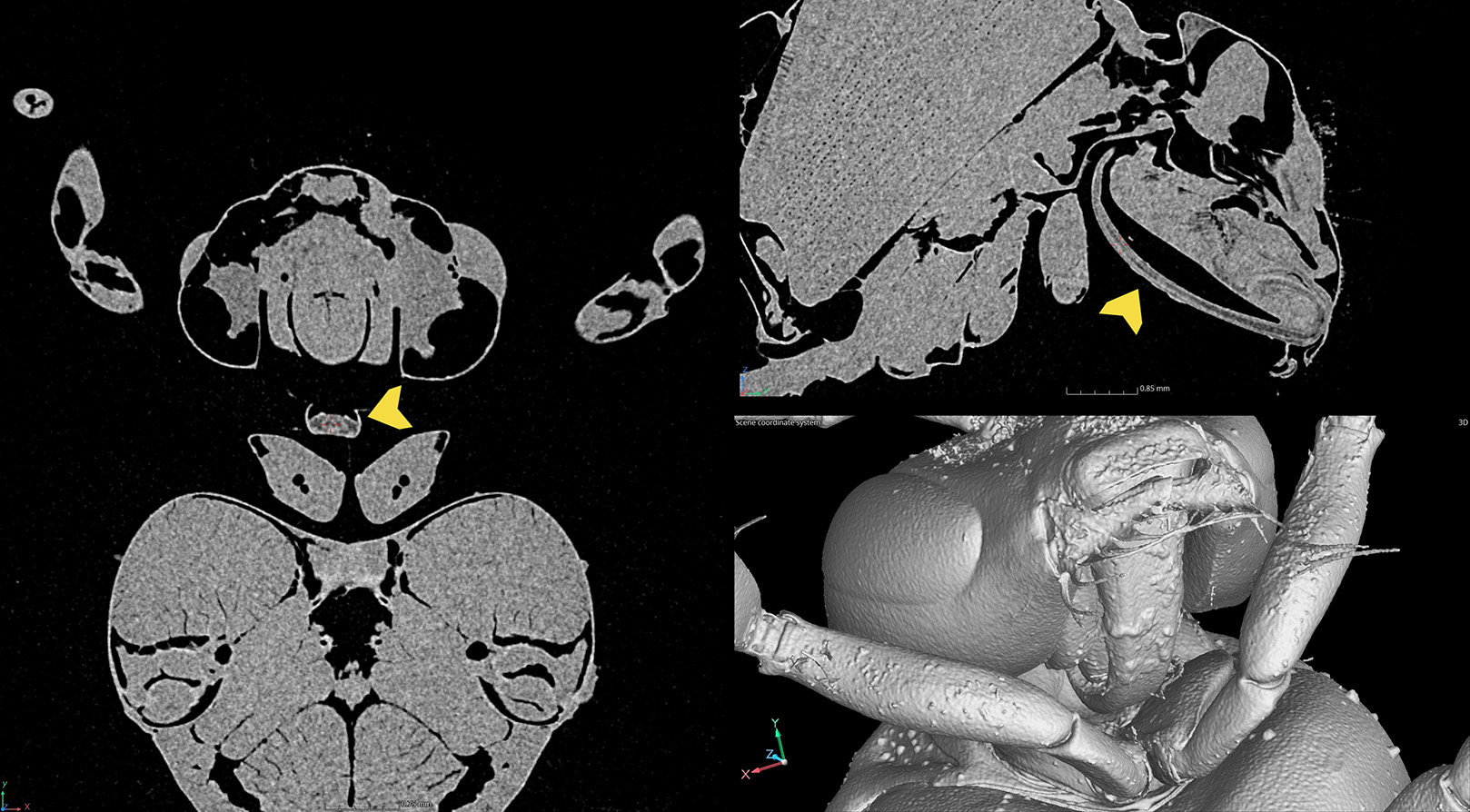
When bees buzz around flowers, they get covered in tiny pollen dust, which sticks to the little hairs all over their bodies. The round balls you see are actually clumps of pollen stuck to those hairs. Bees collect pollen to bring back to their hive because it’s like protein-packed bee food! Plus, as they visit flower after flower, some pollen falls off, helping plants make seeds and grow new flowers. So those tiny balls are like little treasure chests of food and flower magic all rolled into one!
